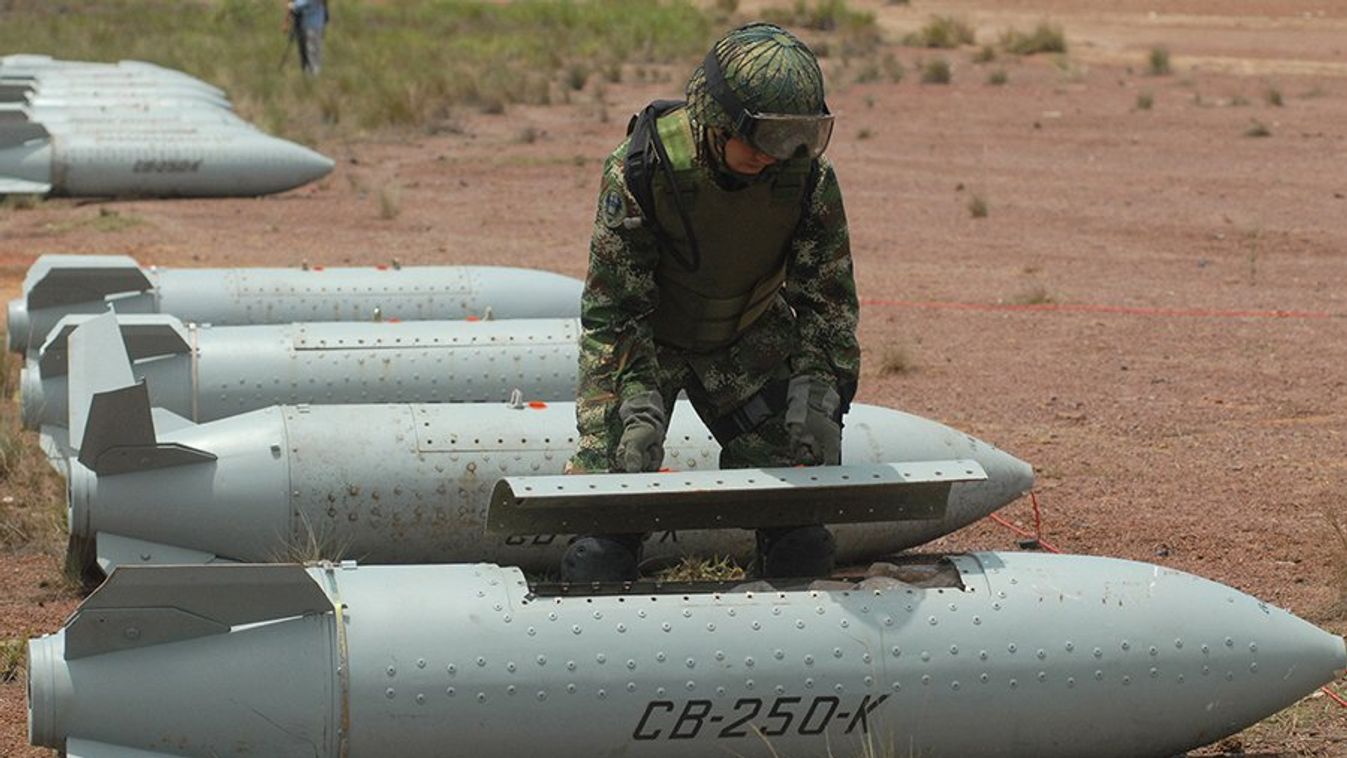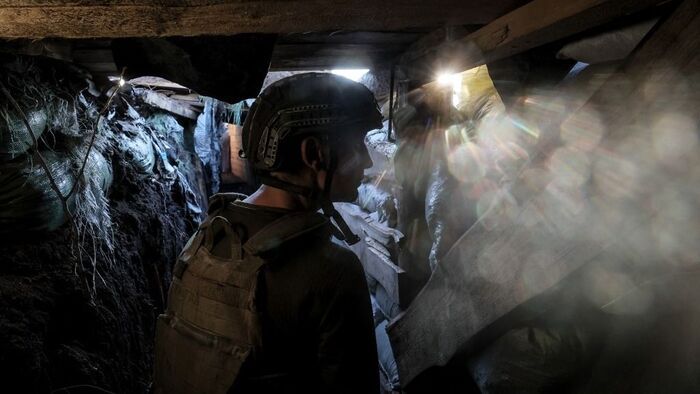"I remember gazing down as the plane started to descend and feeling deep sorrow. So many giant craters. The scarred land is a reminder of America’s deadly mistake, a reminder of the lives we took," Mike Burton recalled in a recent opinion piece in USA Today. The US veteran served in the air force during the Vietnam War and has since become a leading advocate in the fight to ban cluster bombs and destroy existing stockpiles.
Land of bombs
The country he is talking about in his recollection is Laos. During the Vietnam War, the Southeast Asian country became a major target for the US air force tasked with cutting supply lines between Laos and North Vietnam.
The tactic of using cluster bombs did not work, Mr Burton writes in his article, but US action has ruined and continues to ruin the lives of hundreds of thousands of people in Laos to this day.
Between 1964 and 1973, the Americans flew nearly 600,000 bombing runs over Laos, which means dropping some explosive device every eight minutes on average, for nearly a decade. Pentagon statistics from 1973 reveal that more than two million tons of cluster bombs and other explosives were deployed, making the Southeast Asian state the most heavily bombed nation in world history.
Of all the explosive devices, cluster bombs have caused the greatest devastation, with some 260 million dropped on Laos alone, 80 million of which have not exploded to date, posing a serious threat to civilians, especially children. According to the International Red Cross, 300 civilians die each year in the Southeast Asian country from unexploded cluster bombs scattered around in rice paddies, playgrounds and other areas across the country, according to a report by the International Red Cross.
In Vietnam, Laos and Cambodia – bombings also affected the latter country, where 20,000 people were killed between 1979 and 2023 – some 40 per cent of civilian casualties are children.
Apart from the above-mentioned countries, the United States has also used the weapons that is banned by more than a hundred states in countries such as Kosovo, Serbia, Montenegro, Iraq and Afghanistan. Parties in the civil wars raging in Syria and Yemen have also used cluster munitions, maiming or killing a large number of civilians. The Soviet Union, and later Russia, have also deployed such ordnance, and in the war in Ukraine both sides accuse the other of having used cluster bombs.
























Szóljon hozzá!
Jelenleg csak a hozzászólások egy kis részét látja. Hozzászóláshoz és a további kommentek megtekintéséhez lépjen be, vagy regisztráljon!